It should come as no surprise to you that our children’s bookshelves were curated with the sole purpose of representation in mind. We wanted our children to be cocooned with titles that reflected them, championed them, and shared inspiring tales of not just fantastic people, but fantastic people who looked like them too.
As the parents of three young Black children, we know all too well that books they will experience at school during their early years are more likely to feature animal protagonists than Black protagonists. The recent CLPE report into Reflecting Realities Research shows that only 7% of the children’s books published in the uK over the last 3 years (2017 -2019) feature characters from a Black, Asian or minority ethnic background.)
There’s a popular analogy in the literacy world about books being both mirrors and windows. How true is it that the titles we choose for our children can be either windows into other people’s lives and homes (crucial if your child is already well represented in mainstream media) or indeed mirror; showing both affirmation and representation in a range of different areas their imaginations can take them if they identify with a minority community.
In 2019, 33.5% of the school population were of minority ethnic origins, in stark contrast with only 5% of children’s books with an ethnic minority main character. Surely then, regardless of the race of your child, there’s a very clear argument here for the importance of all of us, ensuring our libraries feature protagonists from BAME backgrounds.
I’m often contacted by the parents of mixed race children for advice on which titles to buy in order for their children to feel “seen”. To those I would say, please take the time to also seek out books that look just like them. Flooding their shelves with titles reflecting just one side of their heritage in a bid to teach them about it can be just as damaging. It can lead to them feeling alienated and alone. It’s so beautifully validating and affirming to have books that actually look like you.
Lastly I wanted to touch on the types of diverse titles you may find in your current libraries. If the only diverse children’s books you own, feature children living in far flung lands, ask yourself how that may skew your child’s approach to a British classmate of e.g. African descent in their classroom. Might that lead to them forming generalised views and assumptions of the type of home they live in? The types of food that they eat? Balance is key.
Likewise, ask yourself what assumptions your innocent child may begin to form, if the diverse titles you have speak only of oppression. If diversity is going to factor into your children’s bookshelves, can you commit to seeking out books that champion Black, Asian and minority protagonists without solely focussing on their race? Here are some of our absolute favourite book titles to help you on your way.
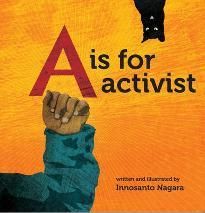
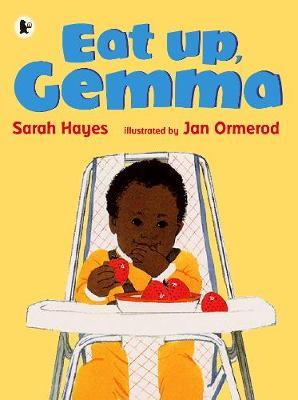
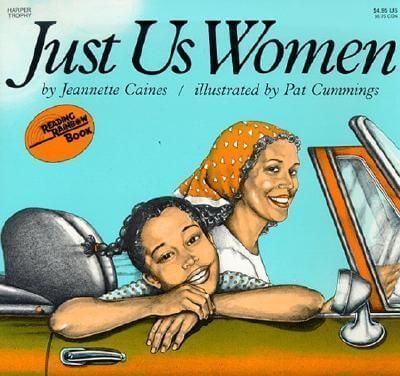
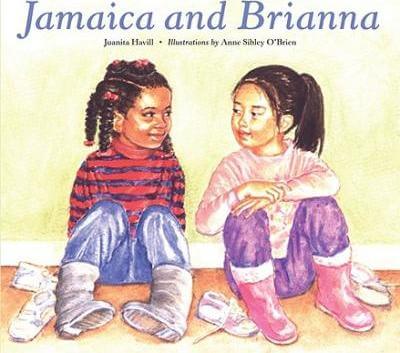
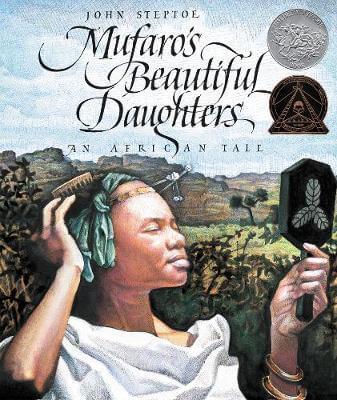
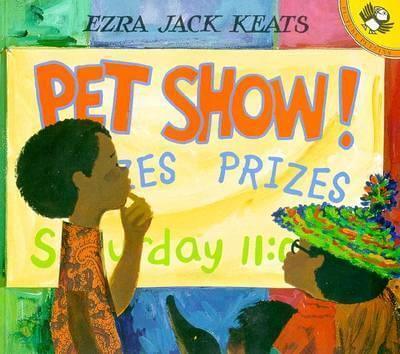
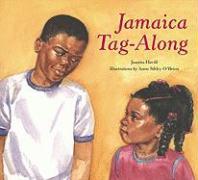
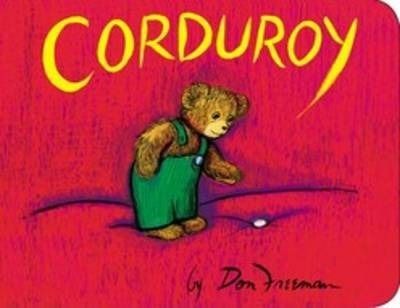
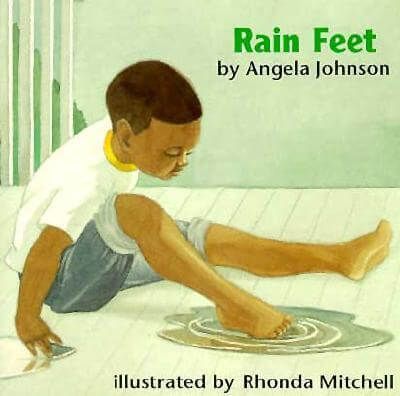
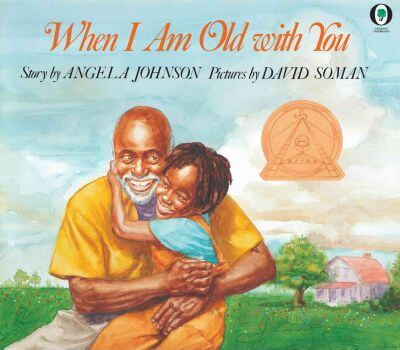
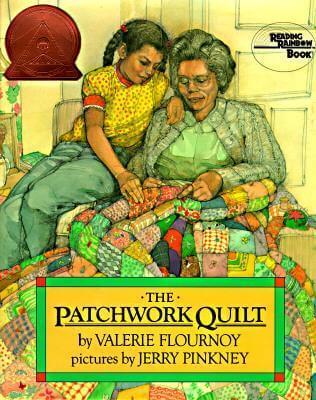
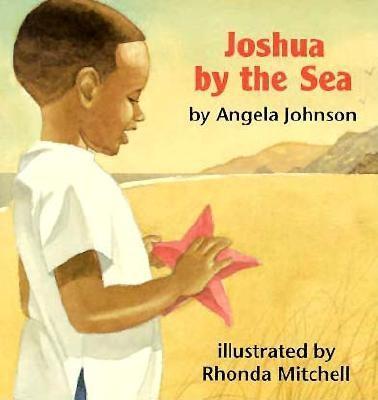
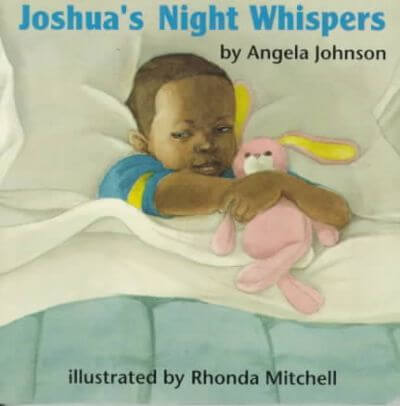
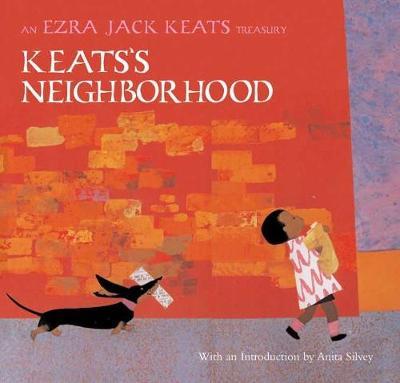
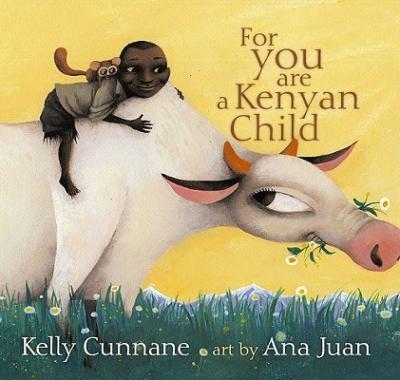
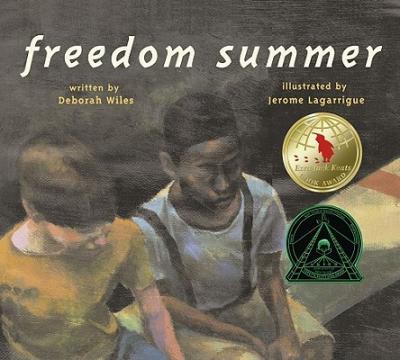
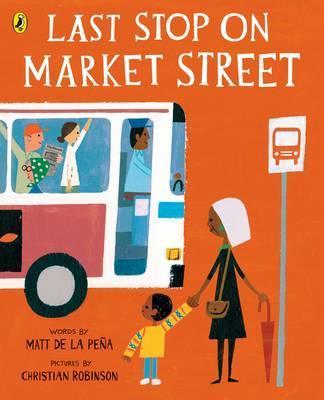
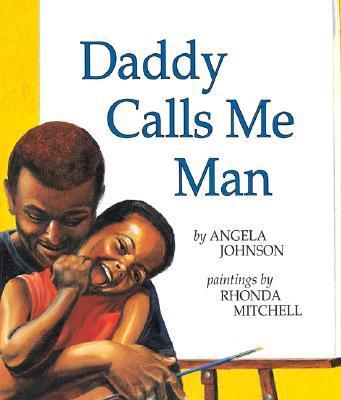
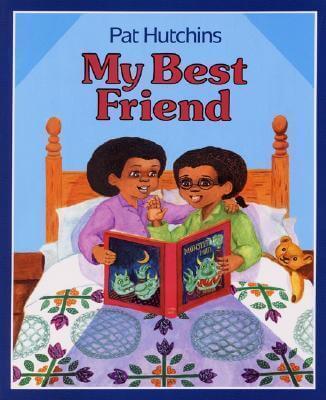
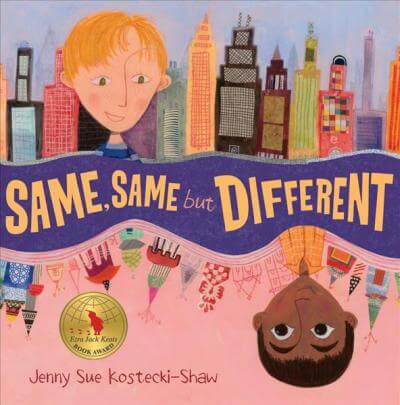
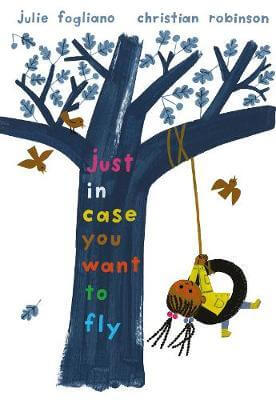
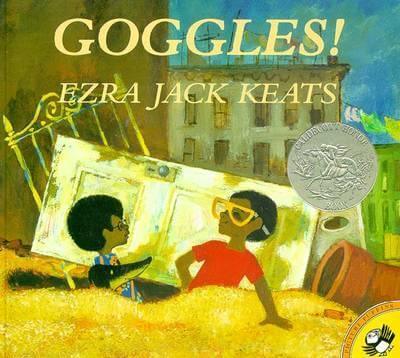
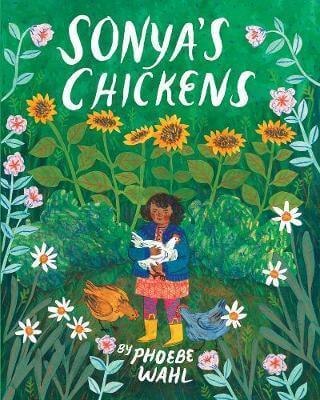
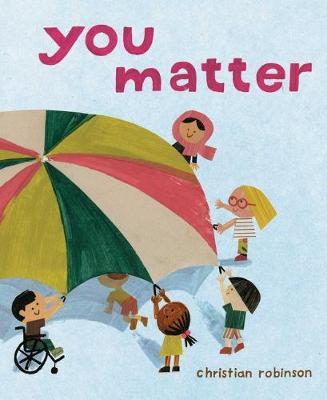
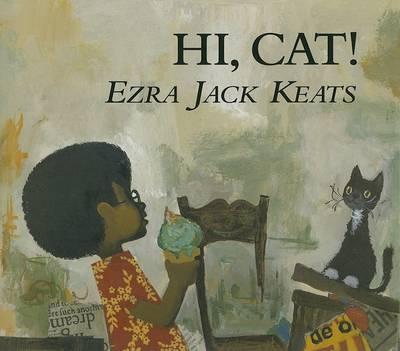
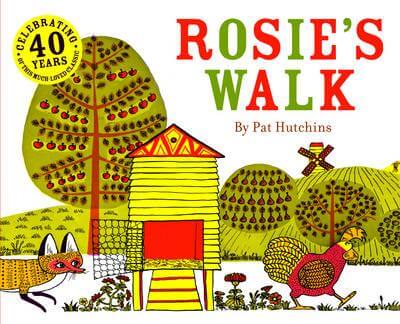
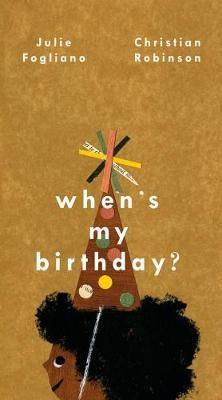
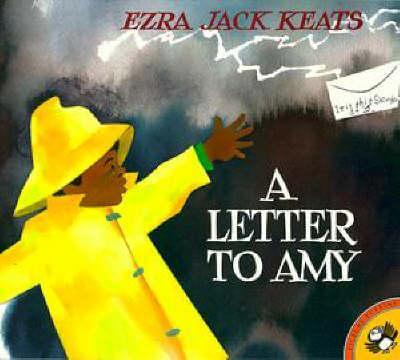
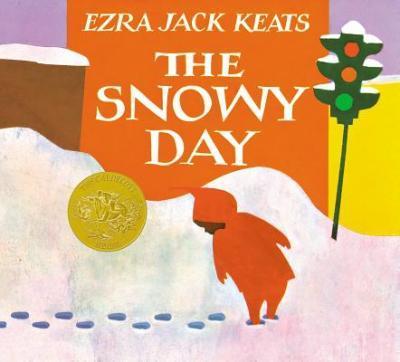
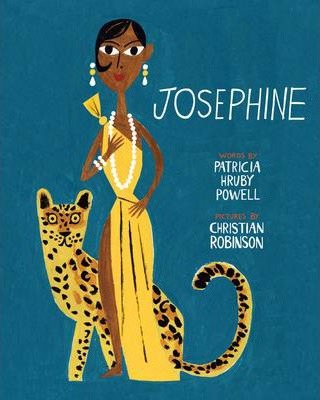
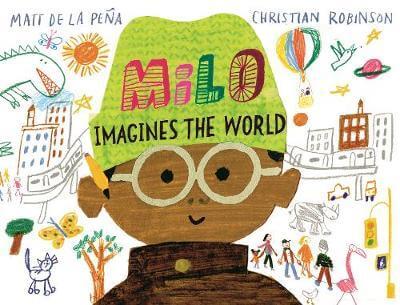
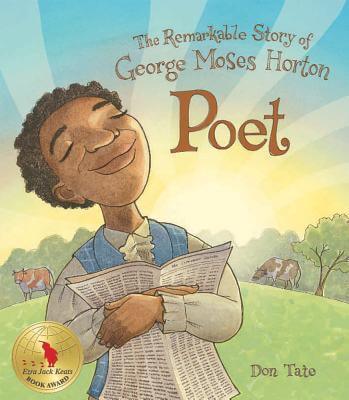
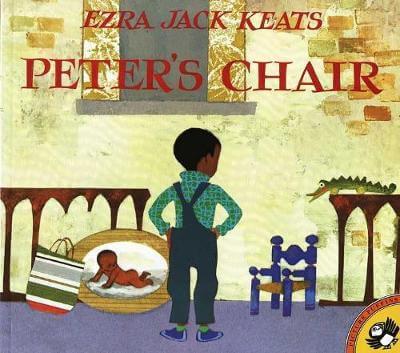
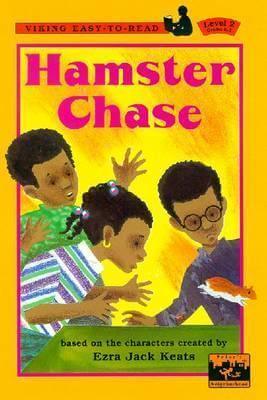
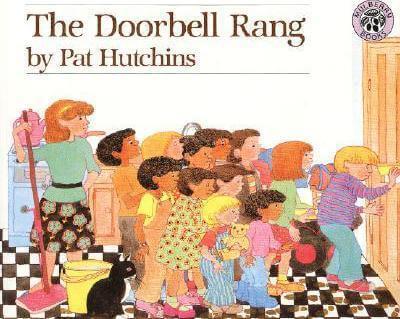
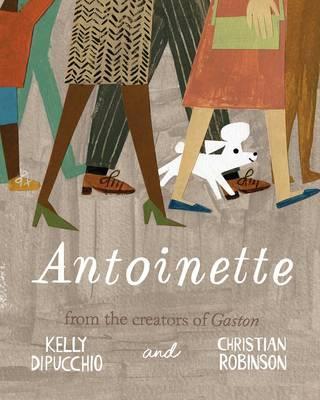
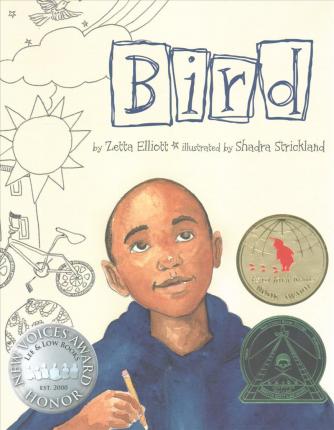
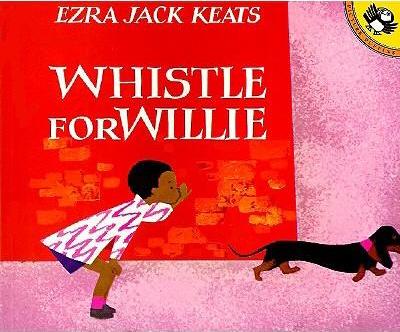
2 Comments